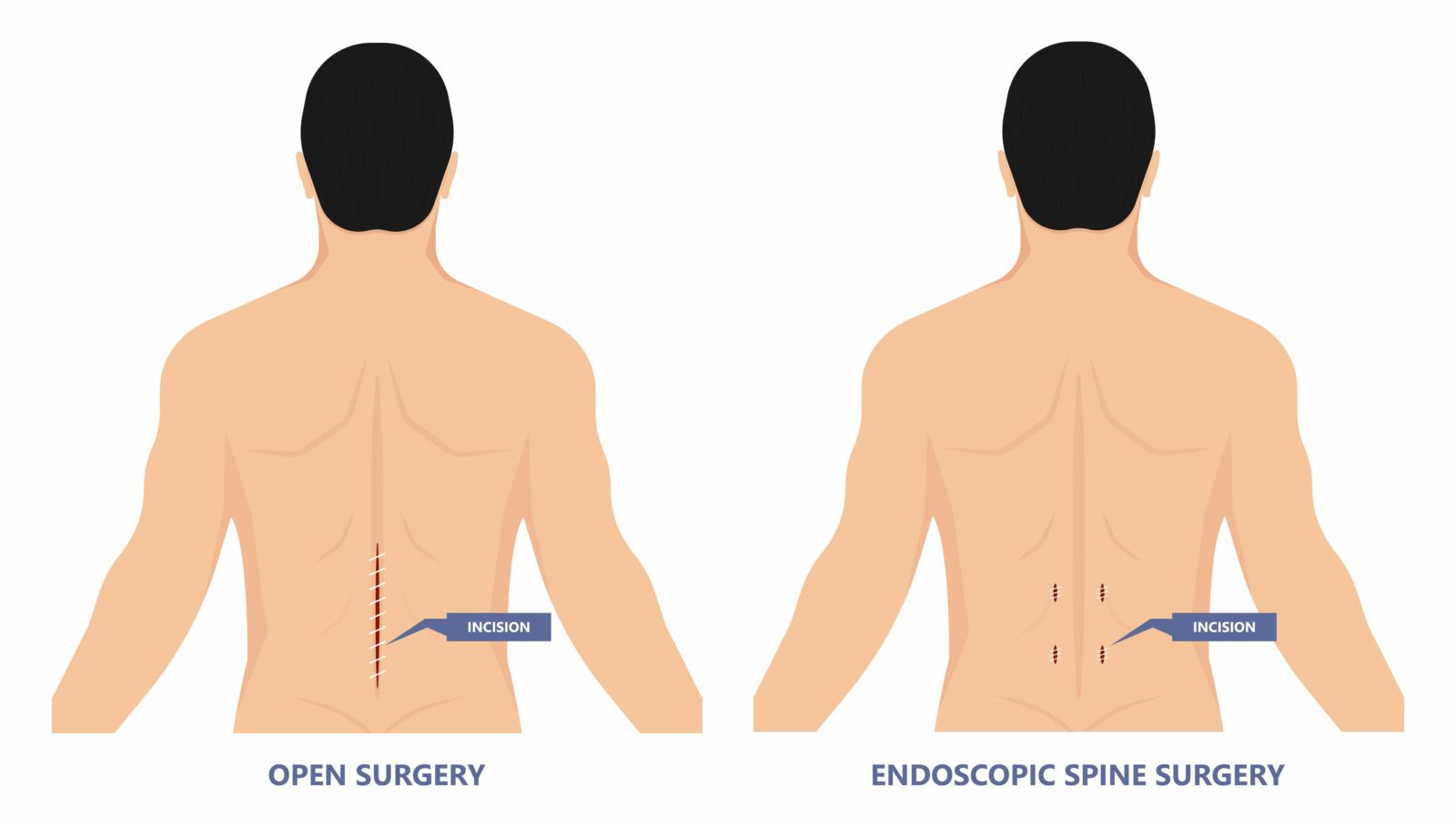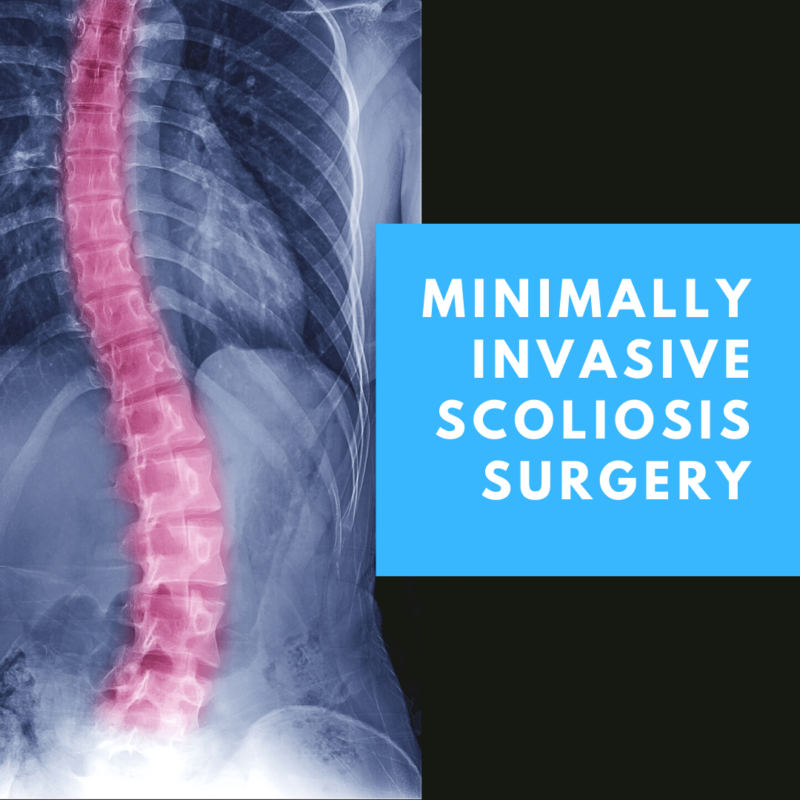Scoliosis is a condition characterized by an abnormal left to right curvature of the spine. Depending on the severity of the curvature, scoliosis can cause anything from cosmetic deformity to problems breathing. In most cases, scoliosis can be seen as an uneven ribcage, hips, shoulders, or waistline. The reason why these structures are uneven is due to the way the curve will put one side of the body up to a higher point than the other side. Severe curves can also result in back pain, hunched posture, and pain, numbness, or weakness in the legs.
Around 2-3% of the American population are affected by scoliosis, with cases generally being diagnosed in early adolescence. Many of these cases, however, can be treated with non-surgical treatments, such as bracing. On the other hand, about 10% of the people diagnosed with scoliosis will need surgery according to Hopkins University. Surgery for scoliosis is generally recommended in cases where the curvature of the spine is greater than 45-50 degrees.

When it comes to scoliosis surgery, the main goals of surgery are to prevent the curve from progressing and to correct the spinal deformity. This is generally accomplished by using a posterior approach to straighten the spine with titanium rods and then fusing the curved area of the spine in order to keep it straight and prevent it from curving in the future. The length of the rods and number of fused vertebrae will depend on the severity of the curve. This will also affect the size of the incision when performed as an open surgery.
However, scoliosis surgery can now be performed using a minimally-invasive approach. When using a minimally-invasive approach, the entire surgery can be performed through tiny incisions on the side of the abdomen that are about an inch long. This is possible because of x-ray imaging and endoscopes that allow surgeons to visualize the treatment area without the need for open surgery.
With this approach, the intervertebral discs are first removed and replaced with spacers that eliminate tilting of the discs. Then screws and rods are placed to stabilize the spine and a bone graft is inserted in the disc space. This bone graft can be obtained by taking bone material from somewhere else in your body, such as your hip bone. Synthetic bone material produced in a lab may also be used. As the spine heals, the bone graft will fuse the disc space and provide additional stabilization. The final result is multiple vertebrae fused together in order to maintain proper spinal alignment. In most cases this approach is successful, but there are cases where the curve can progress.

Using a minimally invasive approach offers many benefits. For starters, open scoliosis surgery is extremely invasive and has been associated with large amounts of blood loss, possible stays in the intensive care unit, and prolonged recovery periods. Additionally open surgery requires extensive manipulation of the spinal muscles, which can lead to moderate discomfort after the surgery. Conversely, minimally invasive techniques offer similar results with fewer surgical risks and complications, faster recovery times, and less damage done to the spinal muscles. In most cases, patients recover from minimally-invasive scoliosis surgery in about six weeks, however this can vary based on the individual.











 in CA by O360®
in CA by O360®